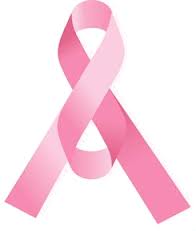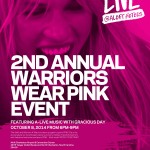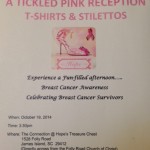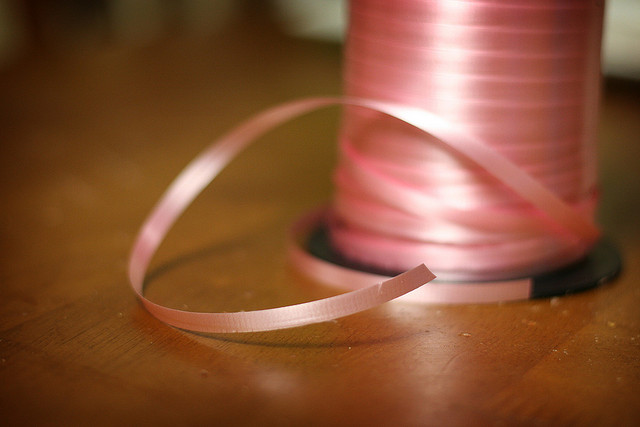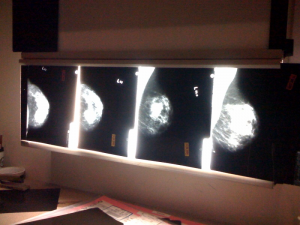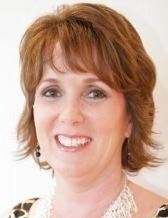 This week, Dr. Richard M. Kline, Jr. of The Center for Natural Breast Reconstruction answers your question.
This week, Dr. Richard M. Kline, Jr. of The Center for Natural Breast Reconstruction answers your question.
QUESTION: I had my breasts removed 25 years ago and I have saline implants in. I have discovered that one the right one has capsular constriction. It has become very hard, very round, very painful, and almost swollen under my armpit. If I let this go as is, what could happen? What are the risks involved?
ANSWER: With saline implants, nothing much else is likely to happen, but the situation is not likely to improve on its own. If you had silicone gel implants, the gel could continue spreading through your tissue indefinitely. While this is not medically dangerous (doesn’t cause cancer or lupus or anything like that), it does “mess up” a lot of breast tissue, and I would encourage you to have it removed ASAP. With saline, there’s far less concern for ongoing damage. If you would like to have implant(s) removed and replace with your own tissue, that is our specialty, we do it routinely, and we would be glad to help you. But if you just wanted reassurance and can live with the present situation, you’ll be OK. Thanks for your question!
— Richard M. Kline, Jr., M.D.
Have a question about breast reconstruction or post-surgical care you’d like answered from our surgical team? Just ask us!
